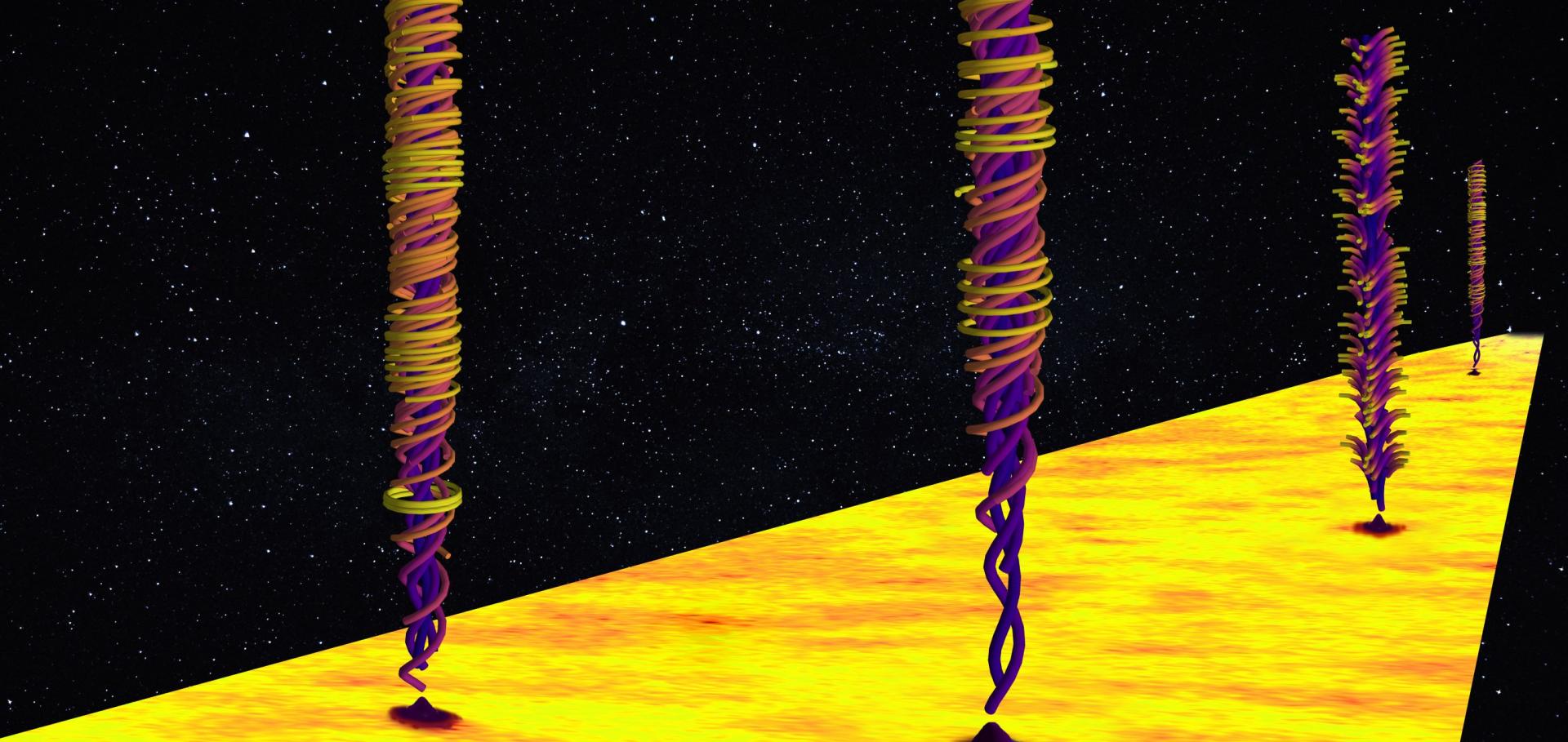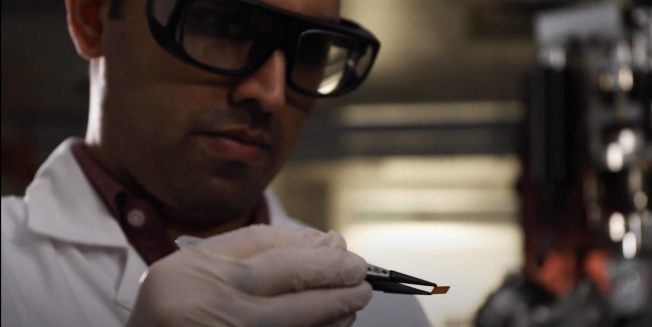Tunable and Enhanced Rashba Spin-Orbit Coupling in Iridate-Manganite Heterostructures
(2020)
Direct Growth of Wafer-Scale, Transparent, p‑Type Reduced-Graphene-Oxide-like Thin Films by Pulsed Laser Deposition
ACS Nano American Chemical Society (ACS) 14:3 (2020) 3290-3298
Chalcogenide Phase Change Material for Active Terahertz Photonics
Advanced Materials Wiley 31:12 (2019) e1808157
Erratum: Corrigendum: Robust resistive memory devices using solution-processable metal-coordinated azo aromatics
Nature Materials Springer Nature 17:1 (2018) 103-103



